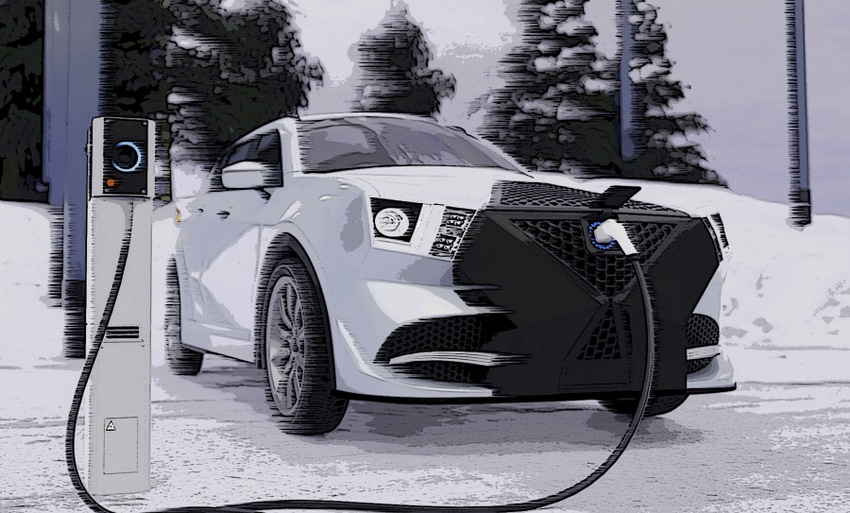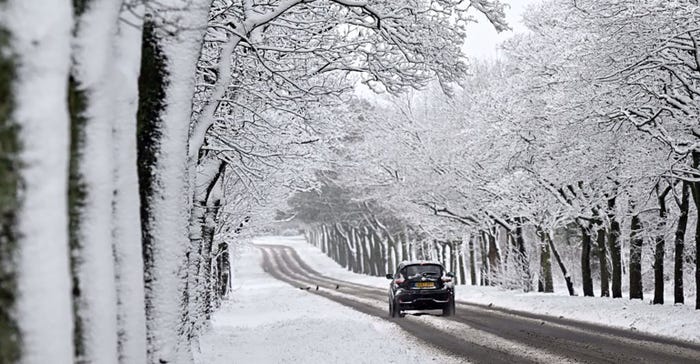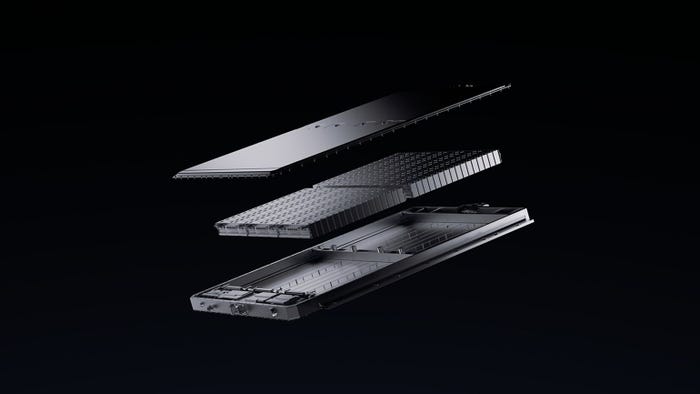Cold-Weather Charging Is Chilling EV Acceptance
January’s deep freeze emphasizes a longstanding consumer concern about EVs. What’s to be done?

At a Glance
- Sub-zero temperatures have led to long lines at charging stations and frustrated EV owners
- Media coverage underlines a major concern of drivers about EV ownership
- Improving charging access and battery technologies is under way--but takes time.
This week, while temperatures sat below zero over much of the Midwestern US, the mainstream media has seen an avalanche of news alerts about EV owners and their frustration with getting their vehicles charged.
“With Chicago temperatures sinking below zero, electric vehicle charging stations have become scenes of desperation: depleted batteries, confrontational drivers and lines stretching out onto the street,” begins a January 17 New York Times report. Television coverage has been widespread in local markets including Chicago, Milwaukee, and Louisville, and nationally over CNN, CBS, NBC, FOX, and ABC.
The cold facts of chemistry
The long-known fact is that the chemical reactions in EV batteries are slowed by extremely cold temperatures—and that’s both for charging and discharging of the battery. Add to that the extra drain on the battery as it powers windshield defrosting and cabin heating—a task largely supplemented by engine heat in internal combustion engine (ICE) powered cars—and in a cold snap such as this one, you have quickly drained and slowly charged BEVs. A study by Recurrent looked at 18 popular EV models and found they averaged 70.3% of their normal range in freezing conditions. (That’s the average; some models did much better than others: Their chart is worth a look.)
This aspect of EV ownership is one often cited by ICE drivers as a reason for their reluctance to switch. Another commonly cited reason is worry about range and being stranded away from a charging station. The current media frenzy is underlining these concerns.
There is a lot of work being done to improve the situation—all of which takes time and money.
What can EV owners do?
In the short term, EV owners need to be aware of what they can do to minimize cold-weather driving and charging issues. As we outlined in our December feature, “Preserve Your EV Battery: Tips for Winter Travel,” being sure to precondition the battery, keep the charge above 20%, park in a garage or other shelter if possible, and plan efficient travel routes are some of the ways to improve your EV experience.
None of these practices can change the physics of charging and discharging in sub-zero temperatures, however. Eliminating the nightmare scenario described in those news reports will take more than these tips.
More and better charging stations

Safe winter driving needs preparation. PAUL ELLIS/AFP/GETTY IMAGES
The usual political suspects are using these frigid-weather scenes of long lines at charging stations as evidence to argue that EVs will never be an adequate replacement for the good ol’ gasoline-powered ICE vehicle. On the other hand, as that NY Times article and a feature in Fast Company point out, they don’t have these problems in Norway.
The biggest difference there, where the average winter temperature is around 17 degrees Fahrenheit and nearly one in four vehicles is electric, is that there are more charging stations per EV. And increasing and improving charging stations in the US has been a government and industry imperative. The federal National Electric Vehicle Infrastructure (NEVI) program provides $5 billion as the first major Federal funding program that focuses on a nationwide development of EV charging infrastructure. In December, the Department of Energy applauded Ohio and New York for opening the first fast charging stations funded through NEVI.
Another major development was the industry largely agreeing to a single standard for charging—the Tesla-developed NACS connector. This consolidation, particularly after Tesla announced an agreement with the Biden administration in which it would make a minimum of 7,500 of its US EV chargers available to other EV makes and models, show that the work of making charging more widely available is well under way.
Better cold-weather chemistries and technologies
While the time-consuming task getting EV charging infrastructure into place accelerates, the industry is concurrently developing technologies to mitigate the cold-temperature issues that plague the lithium-ion battery. Examples we’ve covered include:
A fluorine-containing electrolyte developed by US Department of Energy’s (DOE) Argonne and Lawrence Berkeley national laboratories that performs well in sub-zero temperatures.
Greater Bay Technology’s Phoenix battery cell, made with superconducting materials and that contains thermal management technology that can heat the battery back from -4 degrees F to 77 degrees F in five minutes—and then charge in six minutes.
CATL’s Shenxing battery, announced in August, leverages super-electronic network cathode technology and nano-crystallized LFP cathode material to enable fast charging speeds at low temperatures. It reportedly can go from zero to 80% charge in 30 minutes at temperatures as low as 14 degrees F (and in 10 minutes at room temperature).
Lithium-sulfur battery electrolyte developed by UC San Diego that enabled proof-of-concept batteries to retain 87.5 percent and 115.9 percent of their energy capacity at -40 degrees F and 122 degrees F, respectively.

Shenxing battery diagram, courtesy of CATL.
While the January cold snap is chilling perceptions of what EV ownership entails in 2024, there is a lot of money and brain power being put to work to ensure that a springtime of US vehicle electrification will eventually arrive.
About the Author(s)
You May Also Like





